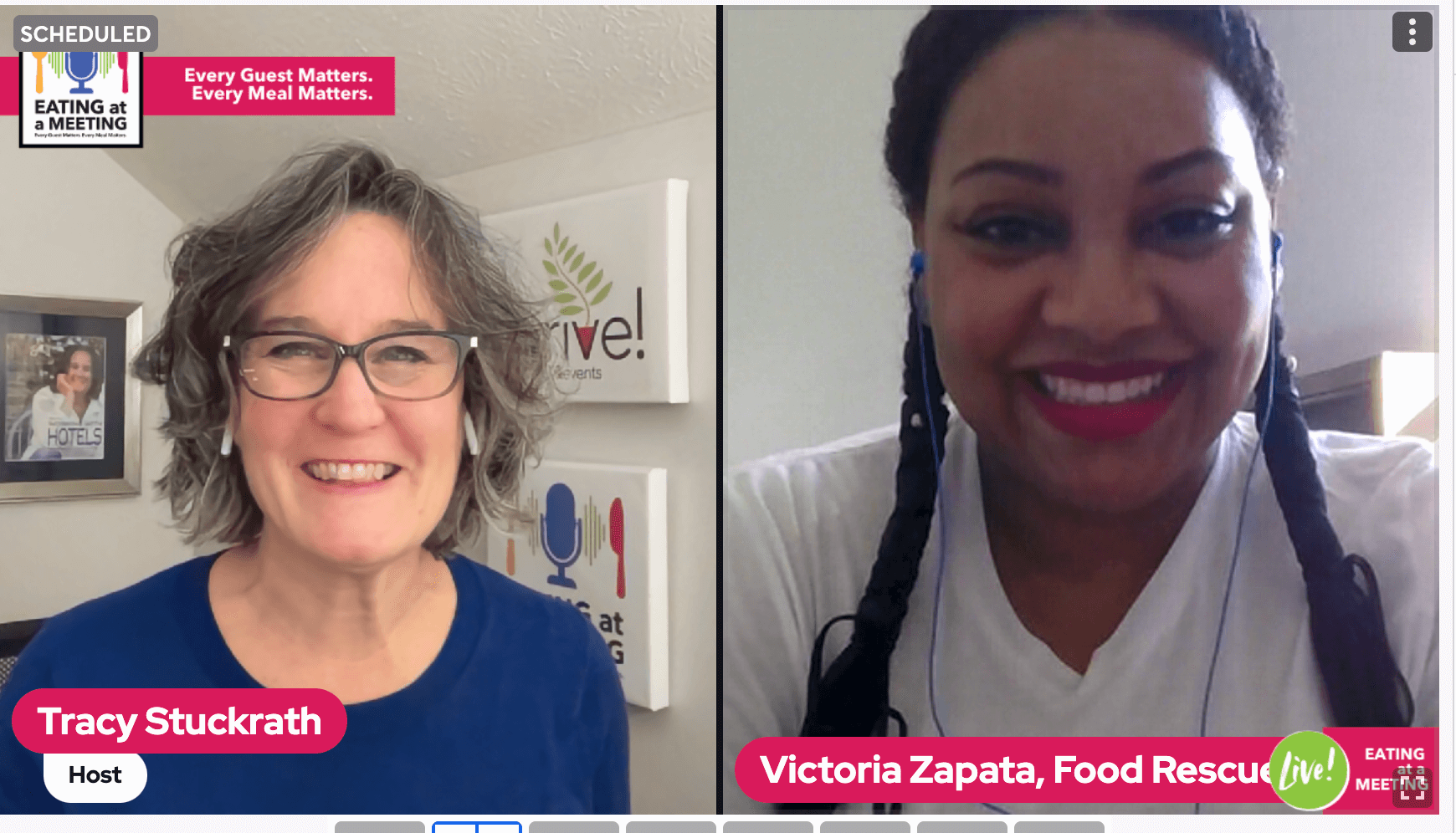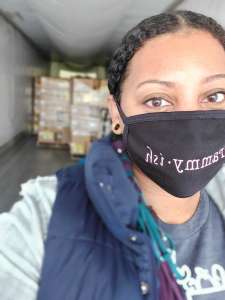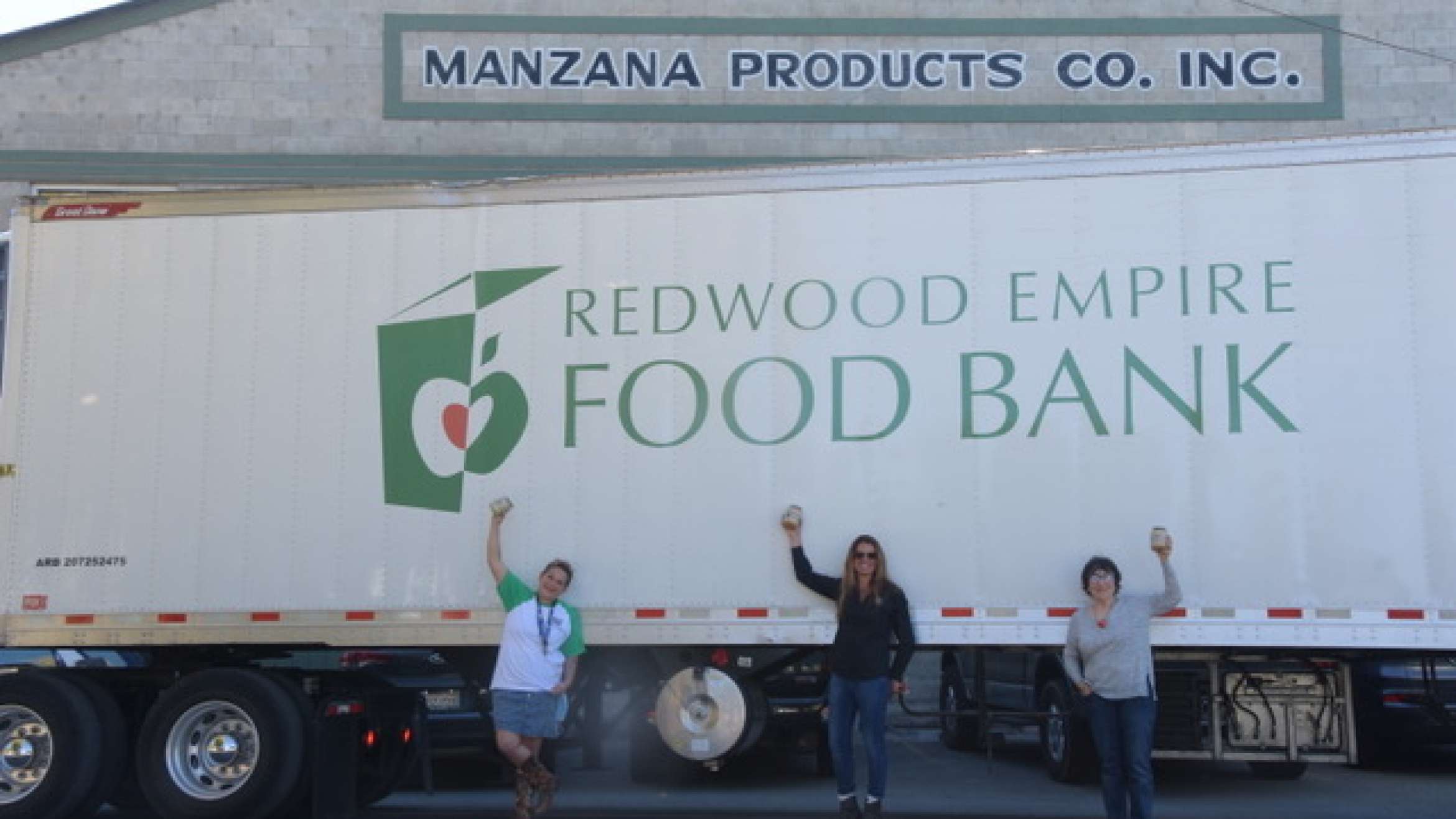How to Be the Rescue
Eating at a Meeting Podcast Episode #184
Being Proactive about How Food will be Used and When it can be Rescued
Food waste is estimated at 30-40 percent of the food supply in the US. In 2010, the USDA estimated that to be approximately 133 billion pounds and $161 billion worth of food. That equates to 218.9 pounds of food waste per person being sent for disposal, according to the EPA.
In 2021, more than 42 MILLION AMERICANS — 12.6% — were estimated to be food insecure. That means you lack reliable access to a sufficient quantity of affordable, nutritious food, which can result in poor productivity in both children and adults, and increase the risk of physical and mental illnesses.
Victoria Zapata, National Site Manager for Food Rescue US is joining me to talk about how we — YOU — can be the rescue to fight hunger and help the planet. It is easier than you might think. We will also discuss why there is not more diverse representation in food recovery.
Victoria Zapata
Victoria Zapata, National Site Manager for Food Rescue US and Founding Site Director of Food Rescue US – Anne Arundel County
When businesses are aware of who to call and when to call them, the likely hood of food being wasted decreases significantly.
What do safe, sustainable, and inclusive food and beverage experiences look like to you?
Businesses with a sustainability plan for directing any excess food. Access to fresh, whole foods and beverages that are culturally relevant and offer people the dignity of choice.
Do you have an example of a situation that negatively affected you and other individuals or groups’ food and beverage experience?
While 99% of the time our food donors provide high-quality fresh food, we have had rare occasions where there were issues with quality control. A location once received a tractor full of donated potatoes that were rotten. This stands out as we very rarely see this but is an example of a situation where the impact was significant to the food recovery effort and community – our team had to find other sources of food to make up for the lost potatoes that our receiving agencies were expecting. Just as food donors should have a plan, our teams across the country work with composters and other groups to sustainably dispose of any inedible food.
What is a best practice you use/or have seen to create safe, sustainable, and inclusive F&B experiences?
Have a contingency plan always! When businesses are aware of who to call and when to call them, the likely hood of food being wasted decreases significantly. The more businesses that are aware of food recovery organizations like Food Rescue US, the more food we can save. We work with businesses to be proactive – make a plan of how food will be used and when it can be rescued. If you think of other businesses like hospitals and auto companies, they need to have a plan for their trash before even opening. When it comes to food, businesses should operate in the same way determining how to dispose of their excess and operate sustainably.
What do you wish people knew about what you do?
I wish people knew how intimate the circles are for food recovery. There are a handful of people in communities that are doing a lot of heavy lifting. I also wish people realized that food recovery isn’t free.
Just for fun…What are your favorite food and drink?
Vegan ice cream / Early gray tea
Links:
Connect with Victoria: Website | LinkedIn | Facebook | Twitter | Instagram
Check out other featured guests on the Eating at a Meeting podcast
Eating at a Meeting is part of the Nitty Grits Podcast Network.




